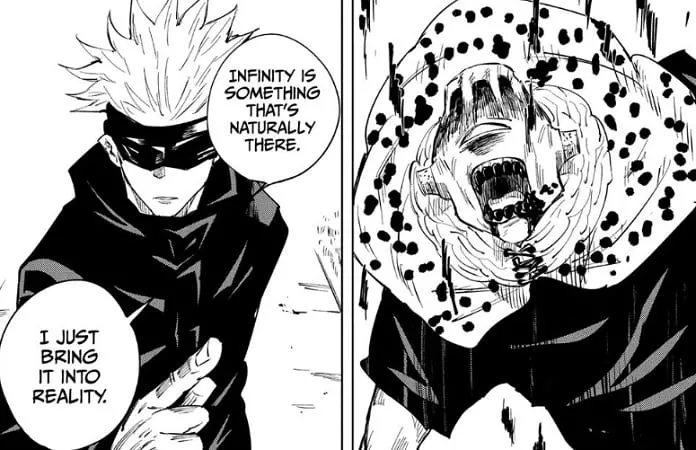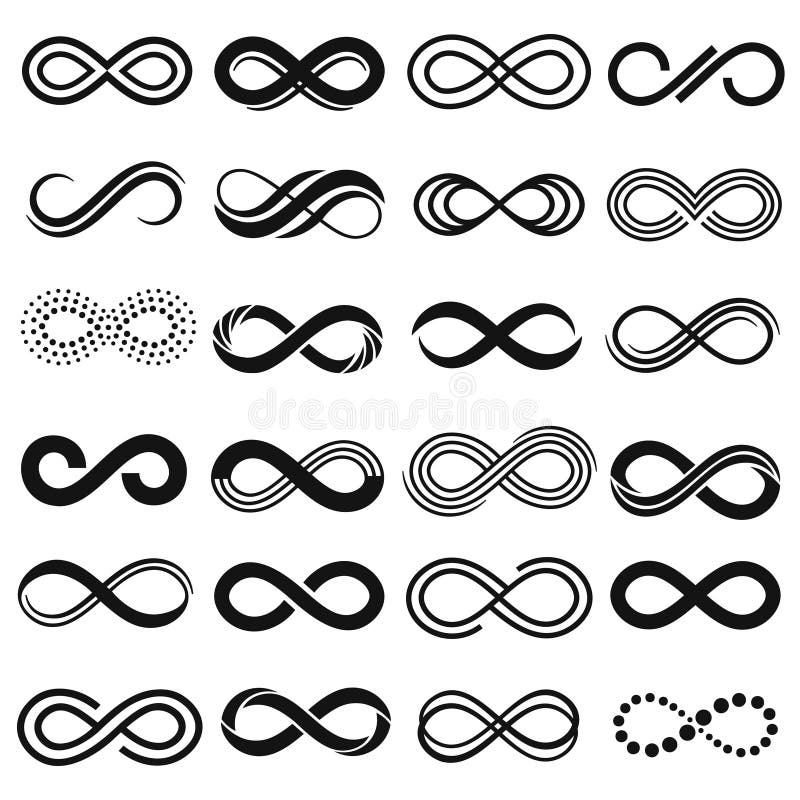


Both cards can be used in every sequence, but as the Fool cannot be captured while the Magician is vulnerable to capture, the player holding the Magician would want to use it only judiciously. They can be used separately or together to fill missing gaps in combinations, though not to fill in two consecutive gaps in sequential combinations, or to replace the highest trump or kings. During score counting, it and the Fool can function as limited wild cards known as counters ( contatori). In tarocchini, the Bégato still serves as the lowest trump, but it has an added ability. In most games played out of Italy, winning the last trick with it awards bonus points. Therefore, many players want to take a trick when it is played. In most tarot games, the Bagatto is the lowest ranking trump card but worth a lot of points. The figure stands among a garden of flowers, to imply the manifestation and cultivation of desires. Waite's magician features the infinity symbol over his head, and an ouroboros belt, both symbolizing eternity. Waite for the Hermetic Order of the Golden Dawn in 1910. The illustration of the Tarot card "The Magician" from the Rider–Waite tarot deck was developed by A. The baton was later changed to represent a literal magician's wand. The fourth, the baton (Clubs) he holds in his hand.

The essentials are that the magician has set up a temporary table outdoors, to display items that represent the suits of the Minor Arcana: Cups, Coins, Swords (as knives). The curves of the magician's hat brim in the Marseilles image are similar to the esoteric deck's mathematical sign of infinity. In esoteric decks, occultists, starting with Oswald Wirth, turned Le Bateleur from a mountebank into a magus. In the painted cards attributed to Bonifacio Bembo, the Magician appears to be playing with cups and balls.
Infinity sign reality reversed free#
Visually the 18th-century woodcuts reflect earlier iconic representations, and can be compared to the free artistic renditions in the 15th-century hand-painted tarots made for the Visconti and Sforza families. The Mantegna Tarocchi image that would seem to correspond with the Magician is labeled Artixano, the Artisan he is the second lowest in the series, outranking only the Beggar. The Italian tradition calls him Il Bagatto or Il Bagatello. In French Le Bateleur, "the mountebank" or the " sleight of hand artist", is a practitioner of stage magic. Le Bateleur from Oswald Wirth's 1889 tarot deck


 0 kommentar(er)
0 kommentar(er)
